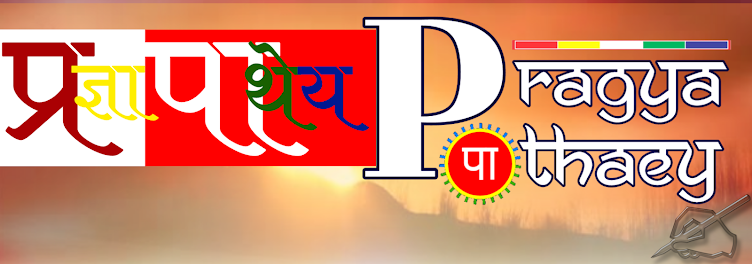 Worldwide terrorist attacks, communal and ethnic clashes, conflicts arising from globalization, poverty, exploitation and the increasing lust for power and wealth among people have made social life insecure and vulnerable. This pathetic situation touched Acharya Mahapragya deeply[36]. In response, he came up with the solution of Ahimsa Yatra, a journey on foot to advance the cause of non violence, was launched by Mahapragya 5 December 2001 at Sujangarh in Rajasthan[36]. With Ahimsa Yatra, Acharyaji's mission is to train and spread nonviolence and its broad perspective to people. It is an endeavor to awaken a new faith in the infinite power of nonviolence. It aims at bringing the problems of all forms of violence into sharp focus[37]. Its mission is to provide training for transforming the negative thoughts/emotions into positive direction. The spiritual aspect of non-violence training is to ignite the consciousness of non-violence and to cultivate the values of non-violence. And its practical aspect is the employment training for livelihood[38].
Worldwide terrorist attacks, communal and ethnic clashes, conflicts arising from globalization, poverty, exploitation and the increasing lust for power and wealth among people have made social life insecure and vulnerable. This pathetic situation touched Acharya Mahapragya deeply[36]. In response, he came up with the solution of Ahimsa Yatra, a journey on foot to advance the cause of non violence, was launched by Mahapragya 5 December 2001 at Sujangarh in Rajasthan[36]. With Ahimsa Yatra, Acharyaji's mission is to train and spread nonviolence and its broad perspective to people. It is an endeavor to awaken a new faith in the infinite power of nonviolence. It aims at bringing the problems of all forms of violence into sharp focus[37]. Its mission is to provide training for transforming the negative thoughts/emotions into positive direction. The spiritual aspect of non-violence training is to ignite the consciousness of non-violence and to cultivate the values of non-violence. And its practical aspect is the employment training for livelihood[38].They eschewed violence and pledged to refrain from killing innocent creatures. Political leaders, social workers and spiritual leaders came to him for advice[39]. He took his Yatra from Gujarat to Maharashtra, Daman, Madhya Pradesh, Haryana, Delhi, some parts of Uttar Pradesh, Punjab and Chandigarh[40]. He passed through 87 districts of the country, and covered more than 2400 villages, towns and cities, where he held meetings with many spiritual and political leaders and appealed for communal harmony. 40,000 voluntary hands were associated with the various responsibilities in their local areas.
This Yatra allowed him to come in direct contact with farmers, common and poor people of villages. He stopped at the every small villages that came on route and held open mass meeting. Through this public speaking, Acharyaji created awareness on the broad perspective of nonviolence, unemployment eradication, leading a life free from drug addiction, bad habits, communal harmony, living healthy and harmonious social and personal life. Side by side volunteers spread into different directions and establish personal contact with the families afflicted with drug addictions, unemployment and stressful life. They stay behind and solve their problems. Verily the villages and towns trekked by the Acharya become centres of training in ahimsa.
The Yatra concluded 4 January 2009 at Sujangarh, the same place where it started[41].


